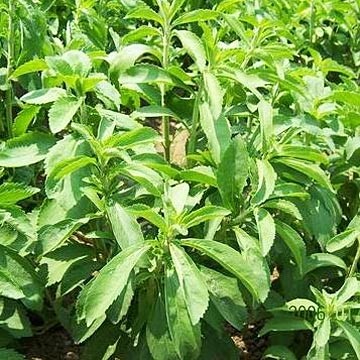Confectionery giants head industry move to natural, Leatherhead
Over the past few years, confectioners have been responding to consumer concerns over artificial additives and ingredients, said the market researcher in its recent Food Industry Update report.
Studies questioning whether there are health risks posed by artificial colours such as tartrazine have also helped sparked the trend towards natural, with high levels of new product activity in this area, said Leatherhead.
However, there are signs this trend may now be dropping off after peaking towards the end of the last decade, said the report.
Natural sector
The natural sector accounted for nearly 10 per cent of total confectionery sales in 2009 when confectionery sales marketed on a natural platform amounted to $6.26bn (€1.8m).
This figure was limited to the world’s largest and most quantifiable markets such as the US, the UK, France, Germany and Italy.
Sugar and gum confectionery accounted for a leading 62 per cent of natural confectionery sales in 2009, with chocolate making up the remaining 38 per cent.
UK leads the way
From a regional perspective, the trend towards natural confectionery products has been more apparent in Western Europe than the US, said Leatherhead.
With sales worth $1.75bn, the UK has the world’s largest market for natural sugar and gum confectionery, ahead of Germany ($1.16bn) and the US ($666m).
At the other end of the scale, sales amounted to just $120m in France during 2009.
The natural sector accounted for almost half (48 per cent) of total sales of sugar and gum confectionery in the UK during this time, a figure which drops to a third in Germany and falls to just five per cent in “less developed” US and French markets.
Natural chocolate
The natural chocolate confectionery market has benefited from the growth in popularity of organic and Fairtrade products, said Leatherhead.
The UK leads the way globally for natural chocolate, with sales worth $780m ahead of the US ($495m) and Italy ($485m).
Sales were $215m in France during 2009. The natural sector accounted for 11 per cent of total chocolate sales in the UK during this time, a figure which drops slightly to 10 per cent in Italy and falls to three per cent in the US market, said Leatherhead.
Many leading US confectionery brands continue to feature artificial additives and ingredients such as Hershey’s Twizzlers brand which contains artificial colours such as Allura Red AC (Red 40).
“The trend towards healthier products has been more apparent through the emergence of sectors such as low-fat and low-calorie sweets, rather than any large-scale removal of artificial additives,” said the report.
Many Western European countries are witnessing an increasing demand for organic chocolate, which is frequently marketed on a natural platform, it said.
Sales of organic chocolate are also thought to be highest in the UK, where the Green & Black’s brand, now part of Kraft Foods, has helped to drive sales.




























